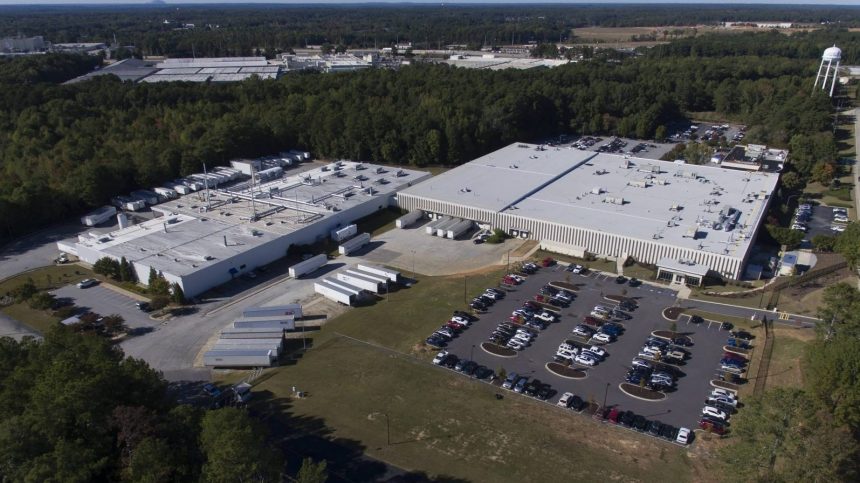Earlier this year, the Environmental Protection Agency announced new regulations for the over 80 industrial facilities in the U.S. that use ethylene oxide for sterilizing medical equipment. Ethylene oxide is a highly toxic chemical that has been found to be much more harmful than previously thought. The revised rule marked the first update to regulations for these sterilization facilities in thirty years.
However, the new rule is facing legal challenges from environmental groups and the medical-supply industry. These groups believe that the rule does not go far enough to protect residents from the dangers of ethylene oxide exposure, especially since the compliance deadline is set for two to three years from now.
Studies have linked ethylene oxide exposure to various cancers and other negative health effects. Despite its dangers, ethylene oxide is crucial for sterilizing medical devices without damaging their components. The FDA estimates that about half of all U.S.-manufactured medical devices go through ethylene oxide sterilization facilities.
The new EPA rule requires sterilization facilities to install equipment to capture and destroy over 99% of ethylene oxide emissions in the next few years. Advocates argue that the rule falls short in protecting residents and gathering essential information about the risks posed by these facilities.
Both environmental groups and industry associations have filed lawsuits against the EPA’s regulations, raising concerns about compliance deadlines, cancer risk estimates, and the overall impact on public health. The cases will be heard in the D.C. Court of Appeals.
The fight to regulate ethylene oxide emissions from medical sterilization facilities is far from over, with millions of people residing in close proximity to these facilities at potential risk.






